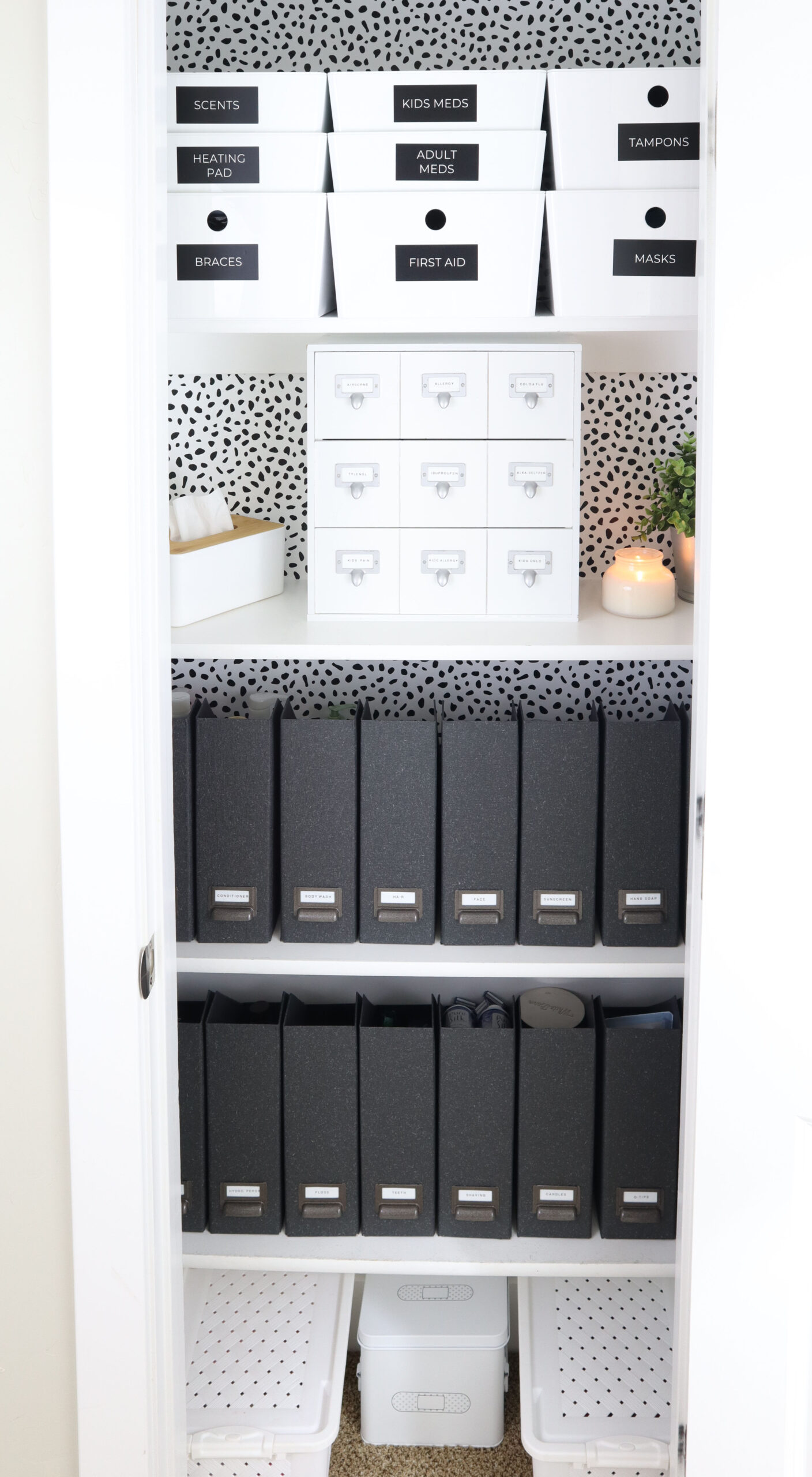A Guide For First-Time Wallpaper Installers With Everything From Where To Start And How To Choose The Right Colors
If you’re new to installing wallpaper as a homeowner, starting with a manageable project is recommended. This will help build confidence and gain experience. Here are some suggestions on where to begin.
Easy Places To Get Started With Wallpaper
Powder Room or Half Bath
Powder rooms or half baths are usually spaces, making them an ideal starting point for wallpaper installation. The limited wall area reduces the complexity of the project. Allows homeowners to become familiar with the process without feeling overwhelmed.
Accent Wall
Choose one wall in a room as a wall. This approach lets you experiment with wallpaper without committing to covering a room. An accent wall can become a point in your space, adding interest and style.
Entryway or Foyer
When it comes to a wallpaper project, the entryway or foyer is an area to consider. It sets the tone for your home. It gives you a chance to make a first impression. Since these spaces usually have wall space compared to rooms, they provide a manageable starting point.
Closets or Alcoves
Make sure to look at closets, alcoves, or niche spaces; they can be perfect areas for practicing wallpaper installation. These smaller spaces give you an opportunity to refine your skills and experiment with patterns or textures.
DIY Projects with Wallpaper
To get started, try DIY projects that involve using wallpaper. For instance, you can use it to decorate the back of bookshelves or line drawers, or craft personalized items, like coasters or framed art. These projects offer hands-on experience in working with wallpaper.
Simple Patterns or Textures
Begin with wallpapers featuring patterns or textures. Solid colors, stripes, or gentle textures are easier for beginners to work with. As you gain confidence and familiarity with wallpaper, you can gradually venture into more complex patterns.
Peel and Stick Wallpaper
For your project, consider using peel-and-stick wallpaper. Peel and stick options are user-friendly and allow for repositioning if necessary. You can find an amazing selection of peel-and-stick at Love vs. Design Wallpaper.
Prepasted Wallpaper
Prepasted wallpaper is an option for beginners as it simplifies the installation process. The adhesive is already applied to the back, so you only need to activate it with water. This makes it less intimidating for those who are new to installing wallpaper.
Educational Resources
To make your installation journey smoother, educating yourself about the basics of wallpaper installation is helpful. You can find a bunch of tutorials, videos, and step-by-step guides that offer insights and tips. Having an understanding of the process will boost your confidence.
Take Your Time
When working with wallpaper, remember that patience is vital. Take your time to measure accurately and align patterns correctly. Smooth out any air bubbles. Starting with a project will allow you to focus on the details and improve your technique.

Finding The Right Color and Pattern Combinations
Keep in mind that practice makes perfect. By starting with a project, you can learn the skills of wallpaper installation and gain confidence before taking on larger and more complex areas in your home. However, being able to install wallpaper is only half the battle. Choosing the right color scheme for wallpaper is an important step in creating the right atmosphere and vibe for your home. Colors have the ability to bring emotions, set moods, and establish a visual palette. Here is a little help in navigating the complexities of color selection for your wallpaper, ensuring that your living spaces reflect your style, personality, and desired ambiance.
- Take Into Account the Purpose of Each Room
Every room in your home has its purpose, and selecting a color scheme that aligns with that intended function is essential. Consider using gentle shades such as soft blues or muted greens for spaces like bedrooms to create a serene environment. Warmer tones like browns or inviting neutrals can promote sociability in areas like the living room. - Assess the Lighting
The amount of light entering a room can significantly impact how colors are perceived. Rooms blessed with sunlight can embrace bold colors as they come alive under such illumination. Conversely, rooms with light can benefit from lighter tones to enhance brightness and create an open atmosphere. To ensure the colors achieve the desired effect, testing them under different lighting conditions is essential. - Follow your Preferences
When choosing colors, your personal preferences are crucial. Think about the colors that resonate with you on a level and reflect your personality. Whether you prefer a palette or contrasting hues, make sure your choices align with your tastes to truly create a space that feels authentic to you. - Explore the Psychology of Colors
Color psychology delves into the psychological impact of colors. Blues and greens often evoke calmness and tranquility, while yellows and oranges bring warmth and energy. Reds can stimulate passion and vitality. Consider the kind of atmosphere you are hoping to create in each room, and then choose colors accordingly to enhance the desired mood. - Coordinate With Existing Décor
Ensuring that your wallpaper color scheme harmonizes with existing decor elements is essential for creating a polished look. Take note of any furniture, upholstery, or accessories in the room. Choose colors that complement or contrast these elements to add interest without causing clashes. A coordinated color scheme will bring everything in the room together. - Experiment With Patterns and Textures
If you’re attracted to wallpaper patterns, pay attention to how different colors interact within those designs. Selecting the color scheme for your wallpaper involves a balance of individual preferences, practical factors, and a grasp of color psychology. A chosen patterned wallpaper can introduce a mix of textures and colors that add depth and a unique visual interest to your space. It’s essential to ensure the patterns you choose with your color scheme do not overwhelm the room. - Test with Samples
To make a decision, it’s recommended to test color schemes using wallpaper samples before committing to a full installation. Applying sections of the wallpaper allows you to see how the colors interact with the lighting, existing elements, and overall ambiance of the room. This hands-on approach ensures that you feel confident in your color choices before completing the installation. - Stay Timeless or Embrace Trends
When deciding on a color scheme, consider whether you want it to be timeless or embrace design trends. Neutral tones and classic color combinations offer enduring appeal, while trendy options can give your space a fashionable look. Strike a balance between preference and the longevity you desire for your home’s aesthetic.
Overall, selecting the best color scheme for your wallpaper is an artful blend of personal taste, practical considerations, and an understanding of color psychology.
When designing a room, it’s important to consider its purpose, evaluate the light, embrace your preferences, explore color psychology, harmonize with the existing décor, experiment with patterns and textures, test with samples, and decide whether to go for a timeless or trend-driven approach.
By doing you can create a visually captivating environment in your home. Remember that choosing the right color scheme and starting with a great location not only enhances the aesthetic appeal of the space but also contributes to your home’s overall well-being and atmosphere.






